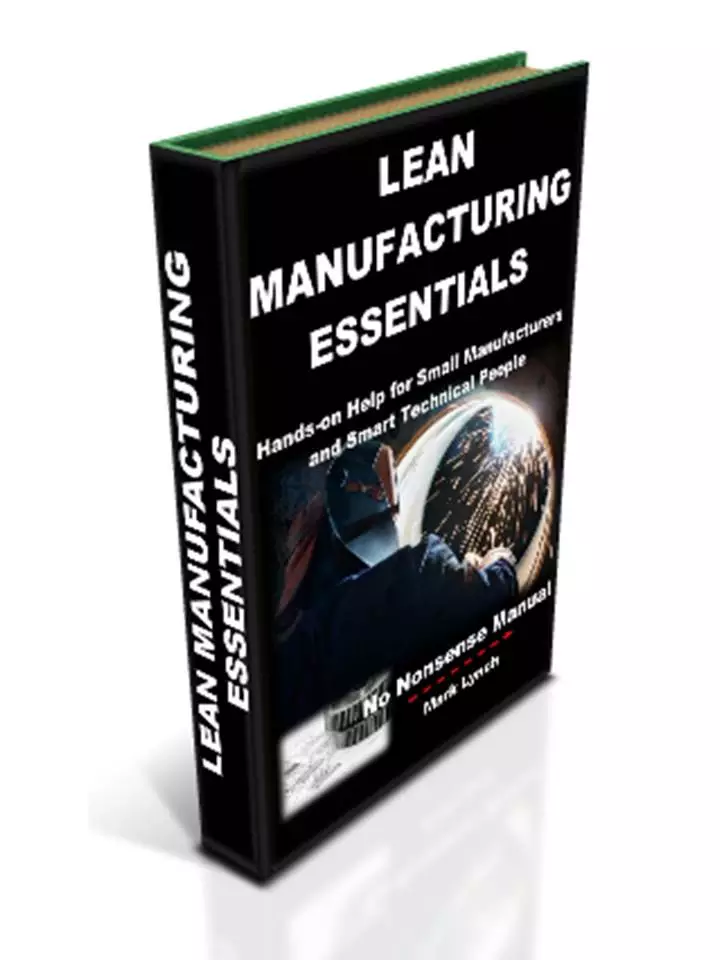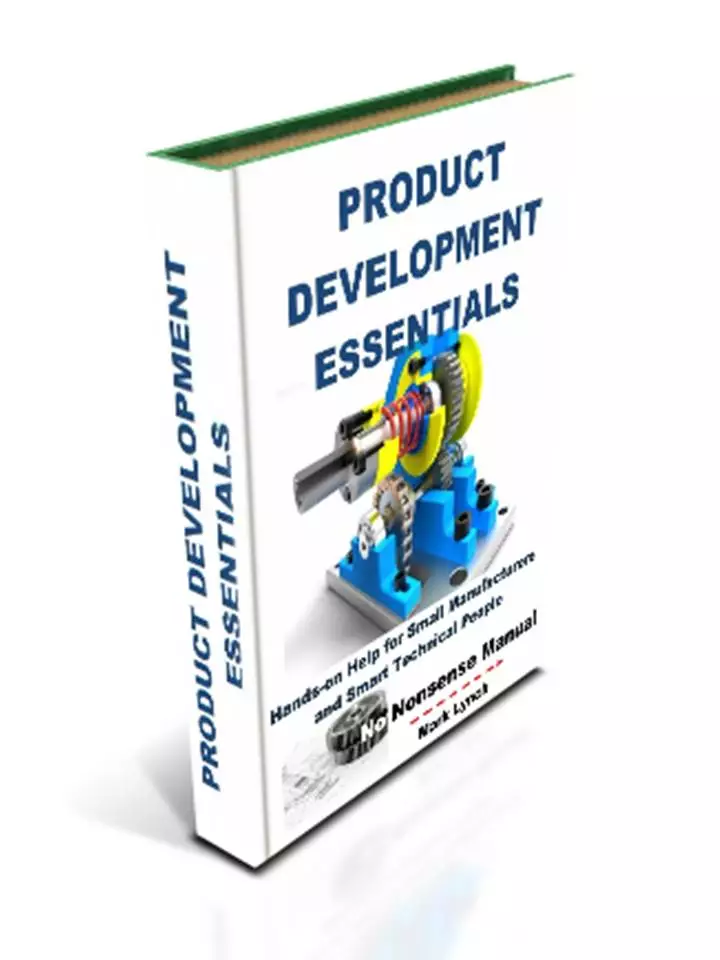'Hands-on Help for SMEs' and Smart Technical People'
How to make the
Business Case for Sustainability
How do you make a compelling Business Case for Sustainability?
How to make the commercial justification within your business, to convince the Board
Welcome to a journey of business transformation—one that merges sustainability and profitability seamlessly. In the competitive landscape of today, sustainability is not just an ethical choice but a strategic imperative for businesses of all sizes, including small manufacturing enterprises. It is time to unlock the commercial potential of sustainability and leverage it as a driving force for success. However, for cash, time and resource-strapped small companies, how do you make the business case for sustainability to justify your plan to the Board?
In this compelling guide, we will explore how building a commercially focused internal business case for a sustainability plan can revolutionize your small manufacturing business. Together, we will discover the art of aligning sustainability initiatives with your core business objectives, quantifying the financial and environmental impacts, showcasing competitive advantages, and setting the stage for long-term value creation.
Through data-driven insights and real-world examples, we will present a roadmap that proves sustainability can be a catalyst for increased market share, enhanced customer loyalty, reduced operational costs, and access to new markets. By integrating sustainability into your business strategy, you will future-proof your operations, attract ethically conscious customers and investors, and fortify your company's reputation as a responsible leader in your industry.
Join us as we embark on a journey that empowers your small manufacturing business to thrive in the sustainable economy of tomorrow. The power of sustainability lies not just in doing good for the planet but also in doing well for your bottom line. Let us show you how.
So, what are the key considerations the business case for sustainability is likely to feature? What are the commercial advantages, together with some examples?
Building a strong internal business case for a sustainability plan is essential to gain support from stakeholders and secure necessary resources for implementation. Here's a step-by-step approach with detailed explanations and the commercial advantages. When reading the information below, do consider tailored examples from your own business and industry sector, quantifying where possible.
Identify Key Stakeholders:
Identify and engage key stakeholders within the small manufacturing business who will play a role in the decision-making process. This includes top management, operations, finance, human resources, and relevant department heads. Understanding their perspectives and priorities will help tailor the business case to address their specific concerns and interests.
Example: The small manufacturing business identifies top management, production supervisors, and the finance department as key stakeholders for the sustainability plan. Top management is involved in decision-making and resource allocation, production supervisors play a critical role in implementing sustainable practices on the shop floor, and the finance department oversees budget allocation for sustainability initiatives.
Understand Business Objectives:
Align the sustainability plan with the company's overall business objectives. Demonstrating how sustainability supports the core mission and values of the business will make the case more compelling. For example, if the business aims to improve its reputation or access new markets, showcasing how sustainability initiatives can contribute to these goals will resonate with decision-makers.
Example: The manufacturing business's primary business objective is to increase market share and customer loyalty. The internal business case for the sustainability plan highlights how implementing eco-friendly manufacturing processes and using sustainable materials will resonate with environmentally conscious customers, leading to increased market share and brand loyalty.
Quantify Environmental and Financial Impact:
Present a clear assessment of the potential environmental and financial impact of the sustainability plan. Use data from the baseline assessment (e.g., energy consumption, waste generation) to quantify the potential savings from energy efficiency measures, waste reduction, and resource optimization. Emphasize cost savings and potential revenue generation from eco-friendly products or services.
Example: The baseline assessment reveals that the manufacturing business can achieve a 15% reduction in electricity consumption by upgrading to energy-efficient equipment and implementing better energy management practices. This reduction would result in substantial cost savings on electricity bills, translating into financial savings and improved profitability.
Commercial Advantages:
- Cost Savings: Implementing energy-efficient practices and waste reduction measures can lead to significant cost savings in utility bills and waste disposal expenses. These savings directly contribute to the company's bottom line, improving financial performance.
- Enhanced Reputation: Embracing sustainability can enhance the company's reputation as a responsible and ethical business. This positive image can attract environmentally conscious customers, investors, and partners, leading to increased business opportunities and market share.
- Access to New Markets: Many consumers are increasingly making purchasing decisions based on environmental considerations. By offering sustainable products or services, the company can tap into new markets and attract customers who prioritize sustainability.
- Risk Mitigation: A sustainability plan can help mitigate business risks associated with regulatory changes, supply chain disruptions, and changing consumer preferences. By proactively addressing environmental and social issues, the company becomes more resilient to potential risks.
- Talent Attraction and Retention: Emphasize how the sustainability plan can improve employee engagement and retention by aligning with the values of current and potential employees. Many job seekers are looking for employers that prioritize sustainability and social responsibility.
The Business Case for Green Manufacturing, by Singapour International Chamber of Commerce
Continuing with your business case for sustainability, here are some additional considerations...
Showcase Competitive Advantage:
Highlight how sustainability can provide a competitive advantage in the market. Being an early adopter of sustainable practices can differentiate the company from competitors and position it as an industry leader. Emphasize how sustainability can attract customers who are willing to pay a premium for environmentally responsible products or services.
Example: The sustainability plan includes the development of a new product line made from recycled materials. The business case demonstrates how this eco-friendly product will differentiate the company from competitors, attract environmentally conscious customers, and command a premium price, resulting in increased revenues and market share.
Commercial Advantages:
- Differentiation: Sustainability initiatives can set the company apart from competitors who have not yet embraced sustainability. This differentiation can lead to increased customer loyalty and market share.
- Product Innovation: Emphasize how sustainability drives product innovation, leading to the development of new eco-friendly products or processes. These innovations can open up new business opportunities and revenue streams.
- Partner and Supplier Collaboration: Some customers and business partners may prioritize sustainability in their supply chain. By demonstrating the company's commitment to sustainability, it becomes an attractive partner for collaboration and new business opportunities.
Provide a Clear Implementation Plan:
Present a detailed implementation plan that outlines the specific steps, timelines, and resource requirements for the sustainability initiatives. Address potential challenges and risks, and provide contingency plans to overcome obstacles.
Example: The implementation plan outlines that within the first six months, the manufacturing business will replace traditional lighting with energy-efficient LED lights, install motion sensors to control lighting in non-occupied areas, and conduct training sessions for employees on energy-saving practices.
Commercial Advantages:
- Efficiency and Focus: A well-structured implementation plan ensures that resources are allocated efficiently and that efforts are focused on initiatives with the highest impact and return on investment.
- Measurable Progress: A clear plan allows for tracking and measuring progress, helping stakeholders to see the tangible results of sustainability efforts over time.
Demonstrate Return on Investment (ROI):
Calculate the return on investment (ROI) of the sustainability plan, including both financial and non-financial benefits. Show how the sustainability initiatives will pay for themselves over time and contribute positively to the company's long-term financial performance.
Example: The business case calculates that by investing $50,000 in energy-efficient equipment and lighting upgrades, the manufacturing business can achieve $20,000 in annual energy cost savings. The ROI for these initiatives is calculated at 40%, showcasing a strong financial case for implementing the sustainability plan.
Commercial Advantages:
- Financial Viability: Demonstrating a positive ROI helps stakeholders understand that sustainability initiatives are financially viable and aligned with the company's financial goals.
- Investment Attractiveness: A compelling ROI can attract internal and external investment in the sustainability plan, providing additional resources to accelerate its implementation.
Sustainability in Business = 51% to 81% MORE PROFIT (CSR), by Sustainability Illustrated
This last set of considerations will round off a robust business case for sustainability...
Emphasize Long-Term Value:
Highlight the long-term value and resilience that sustainability brings to the company. Sustainability initiatives contribute to the company's ability to adapt to changing market dynamics, regulations, and customer preferences over time.
Example: The sustainability plan emphasizes the importance of building a positive brand reputation as an environmentally responsible manufacturer. By investing in sustainability, the business aims to secure long-term customer loyalty and establish itself as a trusted and preferred choice among environmentally conscious consumers.
Commercial Advantages:
- Business Continuity: By integrating sustainability into the company's DNA, it becomes more resilient to potential shocks or disruptions in the market, supply chain, or regulatory landscape.
- Future-Proofing: Emphasize how sustainability measures protect the company from future environmental and social challenges, positioning it for continued success in a rapidly changing world.
Engage and Collaborate:
Engage employees and stakeholders throughout the process of developing the business case. Encourage feedback and suggestions to build a sense of ownership and collaboration. Involve champions of sustainability within the company to advocate for the plan and its potential benefits.
Example: The manufacturing business involves employees from various departments in brainstorming sessions to gather ideas for sustainability initiatives. The engagement leads to the development of employee-driven projects, fostering a sense of ownership and commitment among the workforce.
Commercial Advantages:
- Employee Buy-In: Engaged and supportive employees are more likely to actively participate in the successful implementation of sustainability initiatives.
- Cross-Functional Alignment: Collaboration across departments fosters better alignment of sustainability goals with overall business objectives, ensuring a more holistic approach to sustainability.
Address Potential Objections:
Anticipate and address potential objections or concerns that stakeholders may have about the sustainability plan. For example, if cost is a concern, provide a detailed cost-benefit analysis that shows the long-term savings and benefits of sustainability initiatives.
Example: The finance department raises concerns about the initial cost of implementing energy-efficient equipment. The business case addresses this objection by providing a detailed cost-benefit analysis, showing that the long-term energy savings and potential increase in revenue from sustainable products outweigh the upfront costs.
Commercial Advantages:
- Overcoming Resistance: Addressing objections builds confidence in the sustainability plan and increases the likelihood of gaining approval and support.
- Stakeholder Alignment: Proactively addressing concerns helps stakeholders feel heard and included in the decision-making process, fostering better alignment and cooperation.
Creating sustainable value for YOUR business, by Sustainability Illustrated
In conclusion, building a compelling internal business case for a sustainability plan involves presenting the commercial advantages of sustainability, demonstrating its alignment with the company's values and objectives, and addressing potential objections. Further, by presenting commercial-focused examples for each stage of implementing a sustainability plan, the manufacturing business can build a compelling internal business case that emphasizes the positive impact on profitability, market positioning, and long-term business resilience.
A well-structured and data-driven business case can gain the support of stakeholders, mobilize resources, and pave the way for successful implementation of sustainability initiatives. By embedding sustainability into the core of the business, small manufacturers can position themselves for long-term success while making a positive impact on the environment and society.
Back to Sustainable Business Help











